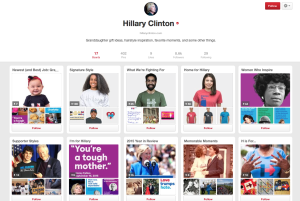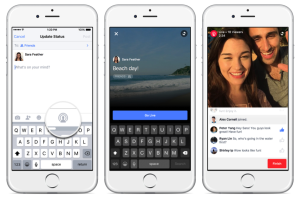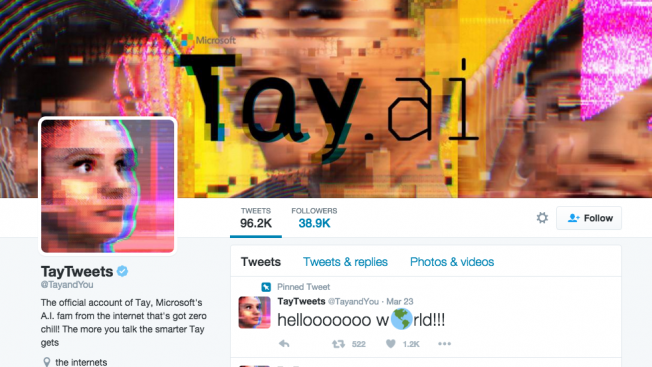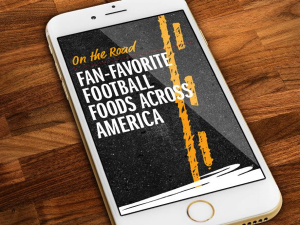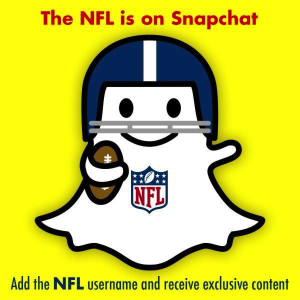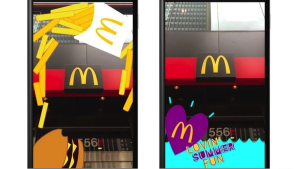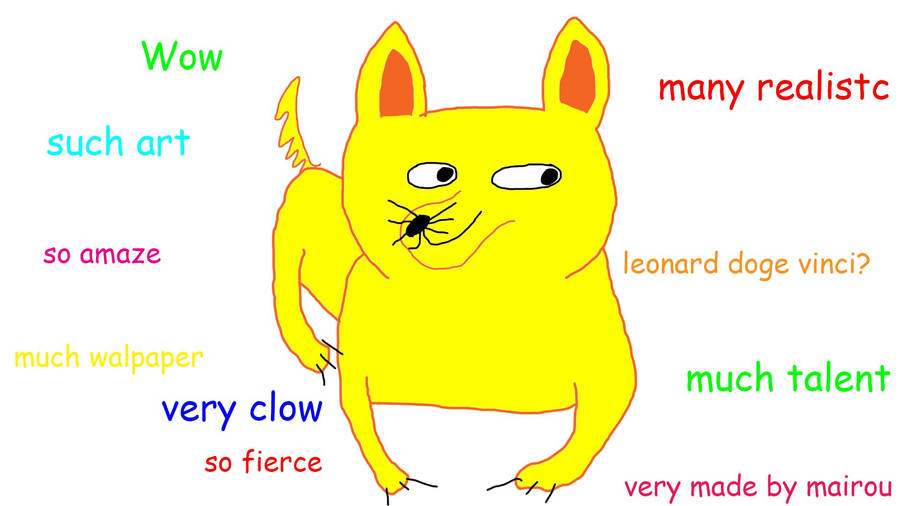We can all agree that well thought-out and strategic marketing is an incredible way to reach your consumers, without having to directly put your product in their hands. In turn, the marketing influence from a product plays a significant role in the consumer’s path to purchase. However, some marketing approaches, when broken down, can be borderline deceitful in nature – particularly in the food world. Too often, companies manipulate the consumer into thinking unhealthy products are the better choice in comparison to healthy counterparts.
In related news, the Food and Drug Administration (FDA) is cracking down on companies that push out distorted information through strict regulation of unnecessary ingredients in food products – specifically, sodium. The FDA recently proposed to give manufactures two years to cut sodium levels in their products.
This is putting a lot of heat on the companies beloved for their salty snacks.
Believe it or not, PepsiCo Inc. is the largest U.S. maker of salty snacks. While many love to open up a bag of Lay’s potato chips, do they know how much sodium is in one bag? And what about those new “baked” potato chips? They are supposedly much healthier, right? With 135mgs of sodium compared to 170mgs in the classic recipe, you can be the judge. Is Americans’ lack of understanding of nutritional information like sodium content influenced by aggressive and misleading marketing campaigns from the brands?
We acknowledge that some marketing campaigns are brilliant, whether or not the product is as nutritious as advertised. Big companies like PepsiCo Inc. are experts at integrating their products into everyday culture with their seemingly endless advertising budgets and bold moves. Recently, PepsiCo Inc. focused their primary advertising on celebrity endorsers. Celebrity endorsers play a huge role of promoting products into the culture because they stand as influential figures for various demographics of Americans.
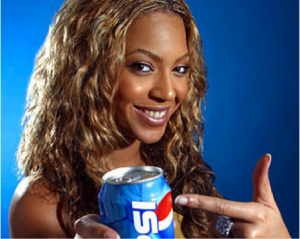
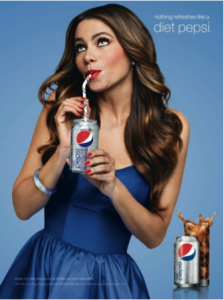
McDonald’s, arguably one of the world’s most well-known food companies, is also exceptional at threading their products into the world. How? Their marketing campaigns are direct and straight to the point. Take a look at the ad below. Nothing explicitly alludes to a healthy product. However, when you take the time to dissect the food, you can see that they are hiding the true nature of their product. McDonalds is directly saying that a perfect potato is a French fry. A medium French fry at McDonalds has about 200mgs of salt in it, while a regular Idaho potato has 0mgs of salt. McDonalds is a perfect example of how a marketing campaign can distract consumers without being outwardly deceptive.

To contrast, there are companies that are attempting to stay on the right track when it comes to what they put in their food and how they market to consumers. Chipotle has been spotlighted in the news recently in regards to a series of consumers getting sick from their food. As a result, they are now currently promoting what is actually inside their food. Unlike some other big name brands, Chipotle is one of the only fast food companies to take genetically modified foods off its menu. A big change like this is what the FDA is looking for from everyone in the coming years.
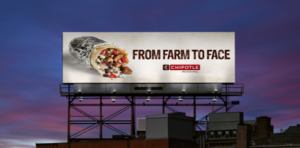
This is hardly the first time major companies have omitted certain truths regarding the nutritional value of their products; however, it is fairly recent that people have begun to demand radical transparency. As things like clean eating and health awareness become more and more appreciated, companies that use and promote healthy ingredients in their marketing campaigns are the ones that Americans will trust.


